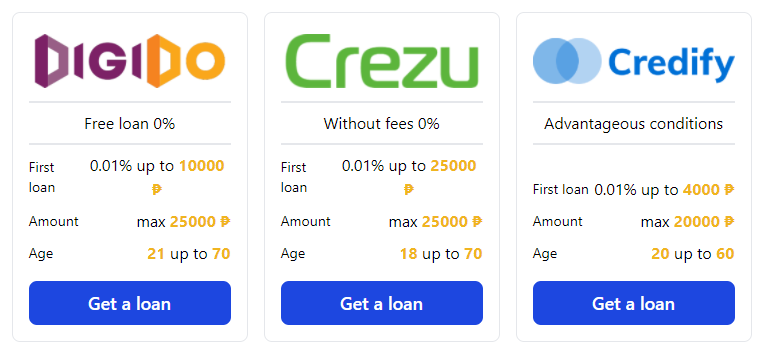If you are an employed member, your SSS calamity loan will be repaid through salary deduction. For self-employed or voluntary members, payments can be made at any SSS Branch Office with a tellering facility, SSS-accredited bank, or SSS-authorized payment center.
Key Points to Remember for Repayment
- Salary Deduction for Employed Members: Your loan repayment will be automatically deducted from your salary. Be sure to monitor your payslip to track these deductions.
- Payment Centers for Self-Employed and Voluntary Members: You can make payments at SSS Branch Offices with tellering facilities, SSS-accredited banks, or authorized payment centers. Ensure you bring your SSS number and the correct payment amount.
- Inquiring About Additional Calamity Loans: You cannot apply for a new calamity loan if you have an outstanding calamity loan. All existing calamity loans must be fully paid before you can apply for another.
- Handling Overpayments: Any overpayment on a previous loan will be subject to SSS validation. If deemed valid, it will be applied to your active loan. If there is no active loan, you can request a refund.
- Loan Default: If your unpaid obligation accumulates to more than six months, your loan will be considered in default. A defaulted account will incur a 10% annual interest on the outstanding principal balance. Additionally, a 1% penalty per month on unpaid principal and interest will be charged until the loan is fully paid.
Steps to Avoid Loan Default
- Regular Payments: Set reminders to ensure you do not miss any monthly payments.
- Account Monitoring: Regularly check your loan status via the SSS website or mobile app to stay informed about your outstanding balance.
- Budget Planning: Include your loan repayment in your monthly budget to ensure you have allocated funds for it.
By following these guidelines, you can avoid penalties and manage the repayment of your SSS calamity loan effectively.
CashLoanPH Changed status to publish 02/08/2024
